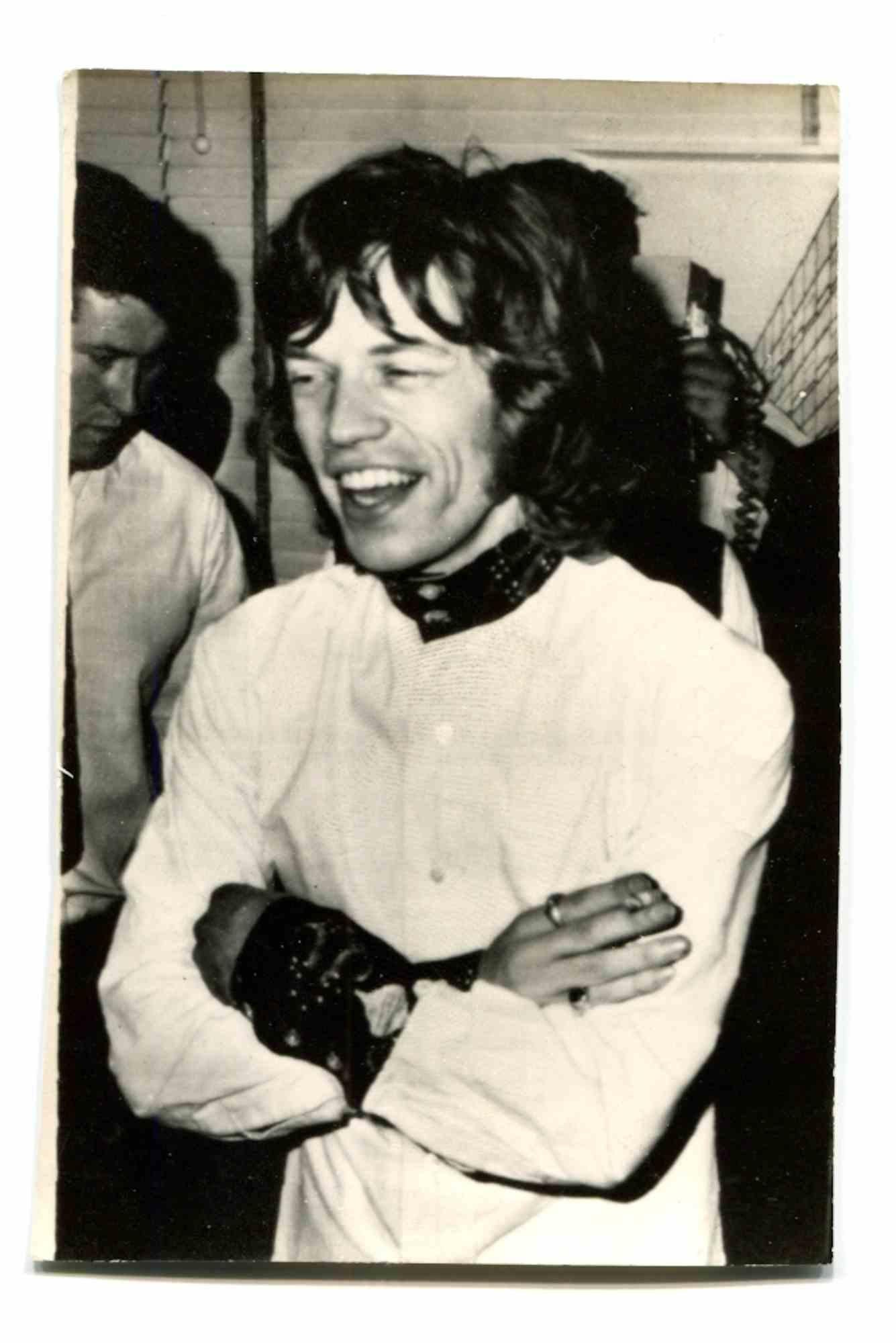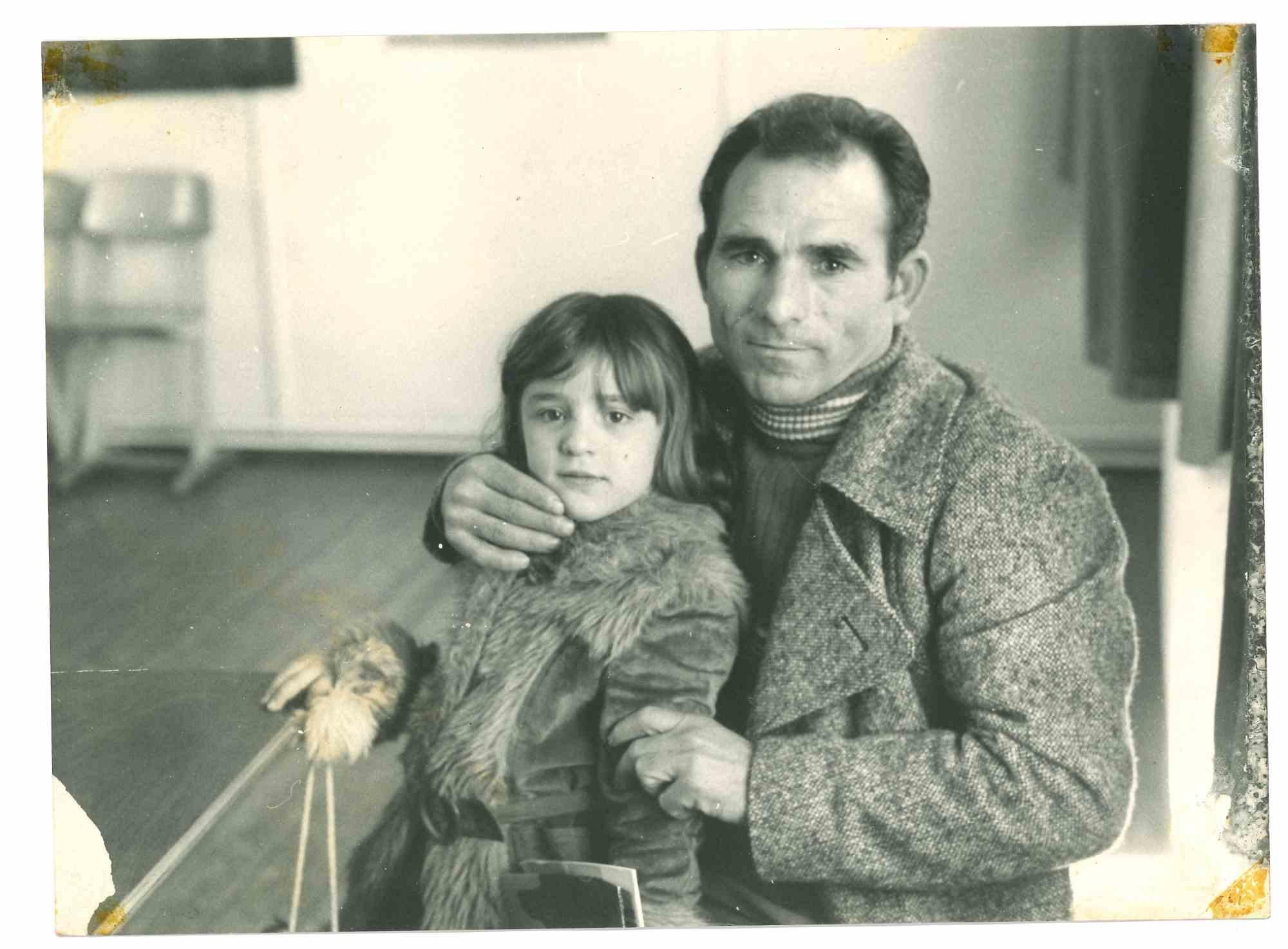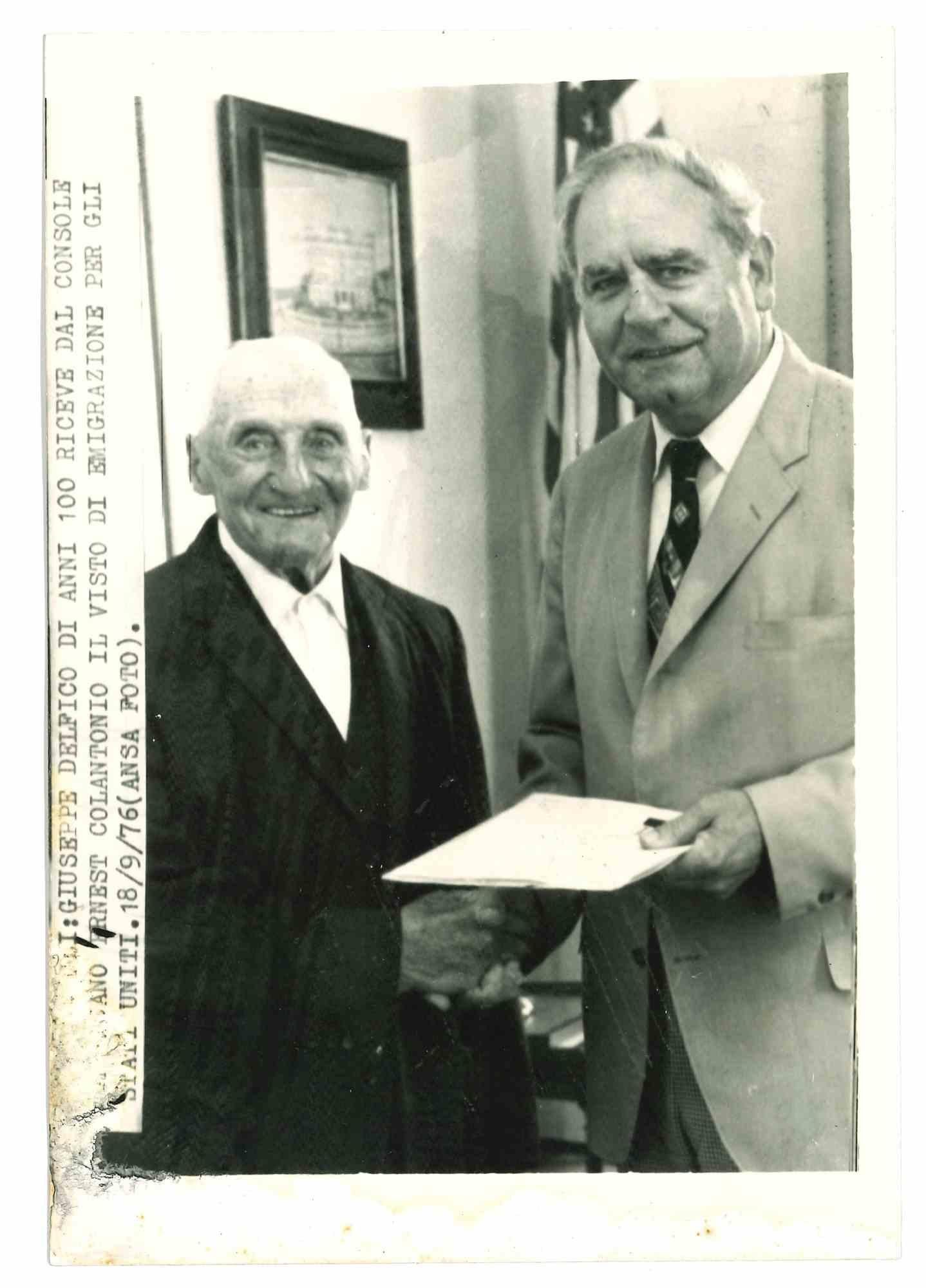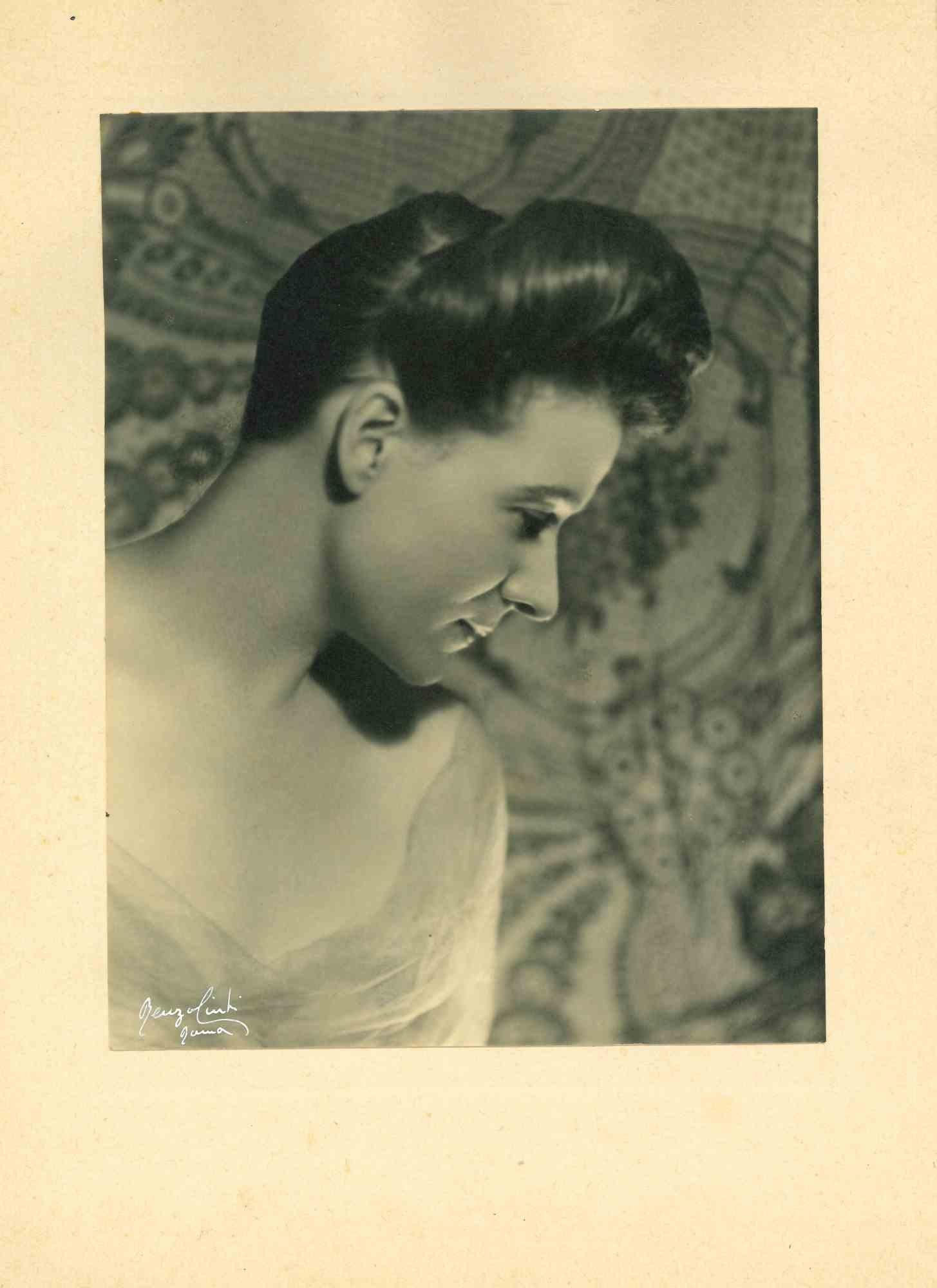Dina GoldsteinBeauty (from the Fallen Princesses series)
About the Item
- Creator:Dina Goldstein (1969, Israeli)
- Dimensions:Height: 42 in (106.68 cm)Width: 57 in (144.78 cm)Depth: 2 in (5.08 cm)
- Medium:
- Period:
- Condition:
- Gallery Location:Montreal, CA
- Reference Number:1stDibs: LU476148274
Dina Goldstein
Dina Goldstein is an Israeli contemporary visual artist, born in 1969, in Tel Aviv, Israel and based in Vancouver, Canada. She is known for her conceptual and complex photographic work in a pop surrealist style. Her first major projects, In the Dollhouse and Fallen Princesses, were very successful. The Dollhouse is an exploration of beauty, power and sexuality through images, featuring a famous couple of overly perfect dolls, Ken and Barbie. Fallen Princesses takes an ironic look at the Disney princesses, imagining them in real-life scenarios, but with a less happy ending. Her third project, Gods of Suburbia presents a visual analysis of the place of religion and faith in today's world. In Last Supper, East Vancouver, Dina uses Leonardo da Vinci's famous mural to recreate L’Ultima Cena, the meal between Jesus and his apostles, in a street gang in Vancouver's Downtown Eastside. She was awarded the Arte Laguna special prize, in 2012 and in 2014, she won the grand prize at Prix Virginia.
- ShippingRetrieving quote...Ships From: Montreal, Canada
- Return PolicyA return for this item may be initiated within 7 days of delivery.
- World Beyond the WaterBy Holly KingLocated in Montreal, QuebecText by Amber Berson Canadian photographer Holly King’s Mangrove series is an investigation into the artist’s own subconscious. The photographs border on the uncanny, although never uncomfortably so. Instead, her preternatural compositions engage the viewer’s curiosity – the viewer is not sure how to approach, and yet is drawn to do so. At times the images are reflective, occasionally disquieting and always thought provoking. The twisted roots of the mangrove forests that form the base of this series provide an entry point for an investigation into the shadowy parts of the artist’s imagination. The differences between what we know to be real and what we perceive as real are often slight. The work of Holly King stems from an attempt to prevail over the uncharted territory of both her imagination and that which is perceived as true. In her creations, King endeavours to understand her subconscious mindscape as manifested through photographs recalling actual landscapes. This new series, stemming from earlier pieces also focused on roots, reflects King’s interest in drawing, in the linear subject and in geometric abstraction. It is a move away from previous series – despite the photographic medium in which King works, her oeuvre has contained a certain painterly quality. These new photographs tend to melt into themselves, drawing the viewer in and letting the imagination drift. The Mangrove series causes the viewer to approach with at a slower pace, to investigate deeply into the darker nooks and crannies and to attempt to find reason within a work that so clearly plays with our understanding of real and imaginary. Nothing is incidental in King’s photographs...Category
21st Century and Contemporary Contemporary Landscape Photography
MaterialsPhotographic Paper
- Heavenly InvitationBy Holly KingLocated in Montreal, QuebecText by Amber Berson Canadian photographer Holly King’s Mangrove series is an investigation into the artist’s own subconscious. The photographs border on the uncanny, although nev...Category
21st Century and Contemporary Contemporary Landscape Photography
MaterialsPhotographic Paper
- for intérieur – sang 1By Patrick BeaulieuLocated in Montreal, QuebecPatrick Beaulieu’s multi-disciplined practice creates finely tuned and subtle gestures that aim to re-focus our attention on the physical world that we see and experience. In convers...Category
21st Century and Contemporary Contemporary Still-life Photography
MaterialsPhotographic Paper
- Mean WeatherBy Jessica HoustonLocated in Montreal, QuebecIn Jessica Houston’s Afterward, Silence (Franklin’s Crewmen’s Grave, Beechey Island) a single pale gravestone stands on an otherwise desolate ashen shore – a relic of Sir John Frankl...Category
2010s Contemporary Photography
MaterialsPhotographic Paper
- Crossing The LineBy Jessica HoustonLocated in Montreal, QuebecIn Jessica Houston’s Afterward, Silence (Franklin’s Crewmen’s Grave, Beechey Island) a single pale gravestone stands on an otherwise desolate ashen shore – a relic of Sir John Frankl...Category
2010s Contemporary Photography
MaterialsPhotographic Paper
- for intérieur – sang 4By Patrick BeaulieuLocated in Montreal, QuebecPatrick Beaulieu’s multi-disciplined practice creates finely tuned and subtle gestures that aim to re-focus our attention on the physical world that we see and experience. In convers...Category
21st Century and Contemporary Contemporary Still-life Photography
MaterialsPhotographic Paper
- Mick Jagger- Historical Photo - 1960sLocated in Roma, ITMick Jagger is a photograph realized in the 1960s. Good conditions.Category
1960s Modern Figurative Photography
MaterialsPhotographic Paper
- War in Algeria - Historical Photo - 1960sLocated in Roma, ITWar in Algeria - Historical Photo is a black and white vintage photograph realized in the 1960s. It belongs to historical album including photo reportages of historical events and p...Category
1960s Modern Figurative Photography
MaterialsPhotographic Paper
- Life In Italy 1960s - Historical Photos -1960sLocated in Roma, ITLife in Italy 1960s - Historical Photos is a vintage black and white photograph realized in the1960s in Italy. Good conditions and aged.Category
1960s Modern Figurative Photography
MaterialsPhotographic Paper
- Giuseppe Delfico - Historical Photos -1960sLocated in Roma, ITGiuseppe Delfico - Historical Photos is a vintage black and white photograph realized in the 1960s in Italy. Good conditions and aged.Category
1960s Modern Figurative Photography
MaterialsPhotographic Paper
- Portrait of Mrs Gilles - Photograph realized by Renzo Cinti - 1940sLocated in Roma, ITPortrait of Mrs Gilles is a Photograph realized by Renzo Cinti in 1940s.Category
1940s Modern Figurative Photography
MaterialsPhotographic Paper
- Jean-Louis Tixier - Photo - 1960sLocated in Roma, ITJean-Louis Tixier is a black and white vintage photograph realized in the 1960s. It belongs to historical album including photo reportages of historical events and political issues ...Category
1960s Modern Figurative Photography
MaterialsPhotographic Paper






